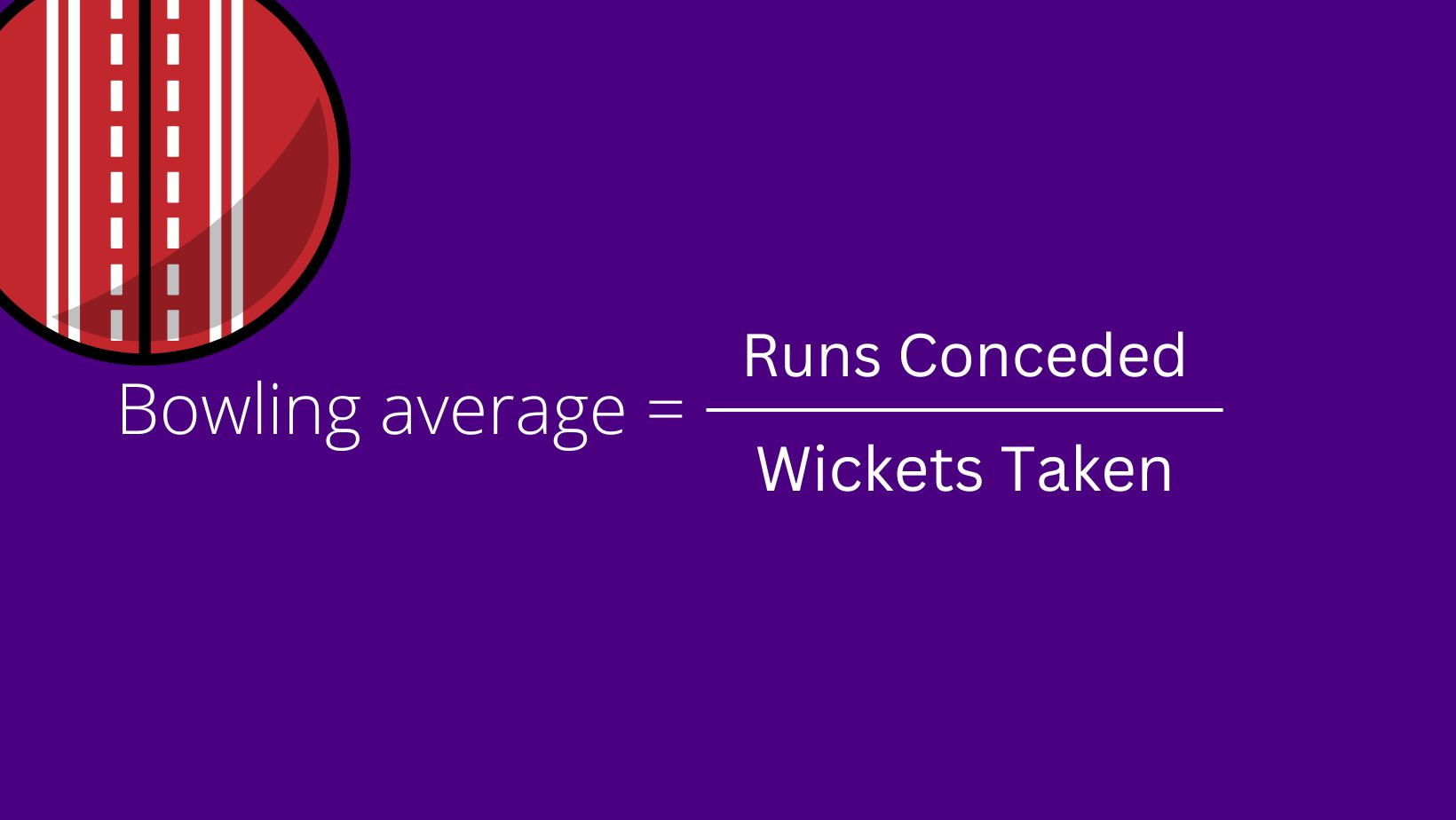Bowling average is one of the critical factors when it comes to the evaluation of a player. In cricket Bowling Average is the number of runs they have conceded per wicket taken in a particular format of cricket. So it is essential when comparing one player with others and vice versa.
More factors need to be checked before evaluating any player, not just the bowling average. And bowling average tends to give a vague idea for a new player, and a real case scenario will be available after completing certain matches. So judging a player based on bowling during the initial stage of their carrier will not be correct. Let's consider if a player is bowling with good economy(less than 5 in T20 cricket) but only took one wicket in his/her first five matches. In that case, the player may have a higher bowling average. Still, we can't judge him as a player with fewer abilities.
Bowling Average Calculation

Here it is the formula used for calculation of bowling average.
A cricketer's bowling average is calculated by dividing the number of runs they have conceded by the number of wickets they have taken. The number of runs conceded by a bowler is determined as the total number of runs that the opposing side has scored while the bowler was bowling, excluding any byes, leg byes, or penalty runs. The bowler receives credit for any wickets taken during their bowling that are either bowled, caught, hit wicket, leg before wicket, or stumped.
https://en.wikipedia.org/wiki/Bowling_average





